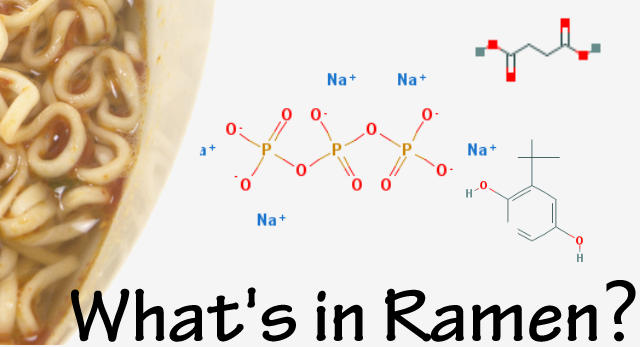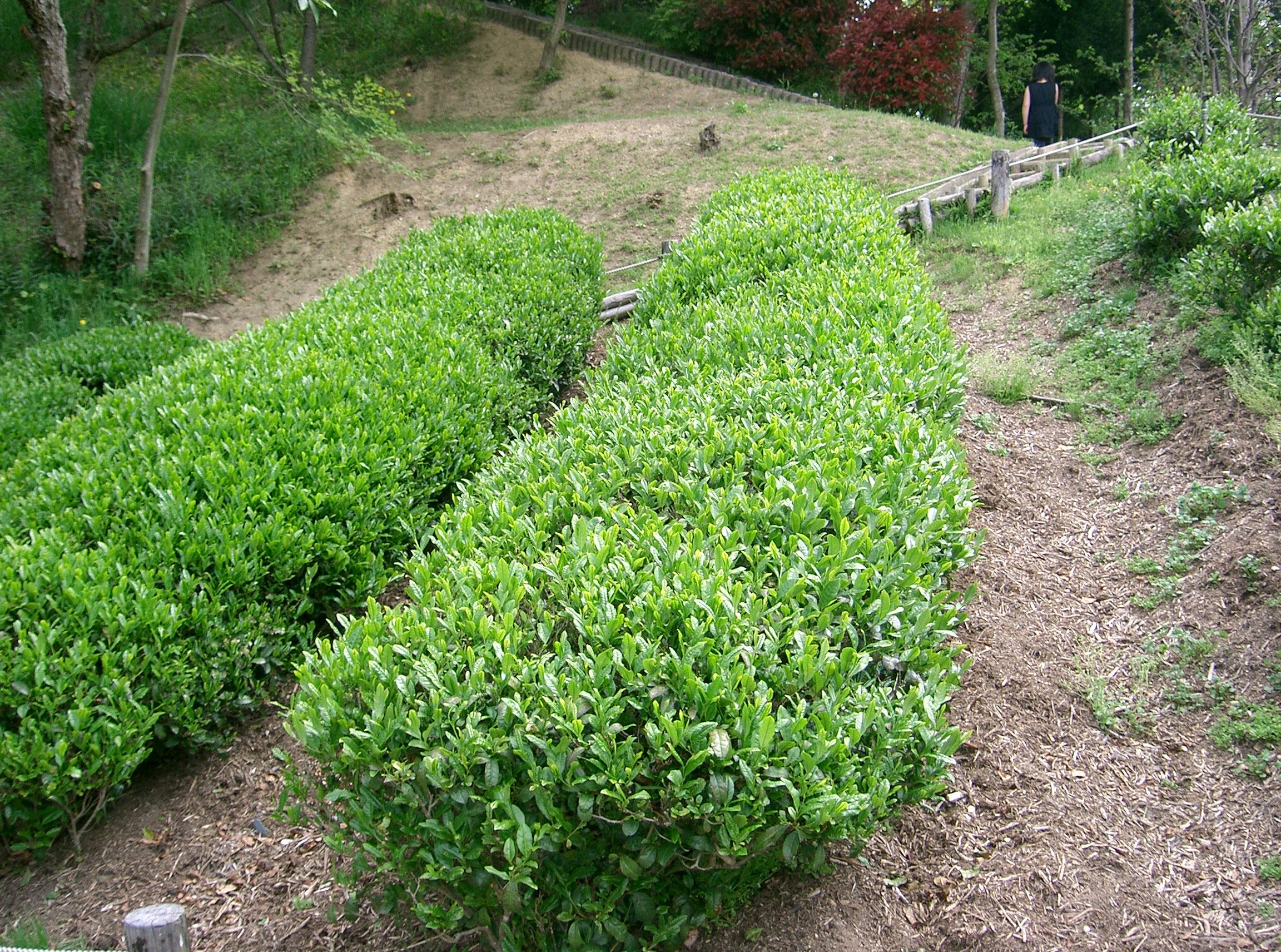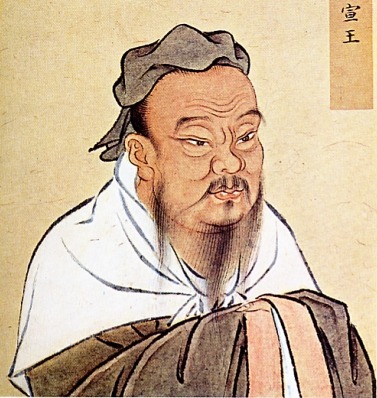 Ramen is considered one of the icons of Japanese culture, but it is actually from China. Ramen appeared in Japan in 1910 when some Chinese cooks in Tokyo made their noodles with kansui, a sodium-carbonate mineral water. It made the noodles yellow and elastic; the ramen noodles we know.
Ramen is considered one of the icons of Japanese culture, but it is actually from China. Ramen appeared in Japan in 1910 when some Chinese cooks in Tokyo made their noodles with kansui, a sodium-carbonate mineral water. It made the noodles yellow and elastic; the ramen noodles we know.
The dish was originally called shina soba, China noodle. During World War II, the word shina developed into a racial slur, so it was changed to the less racist chuka soba.
Ramen, the instant cup-o-noodle we know and enjoy, was invented in 1958 by Nissin Foods. The first flavor was (surprise!) chicken. With a flair of the creative, Nissin called the product Chikin Ramen.
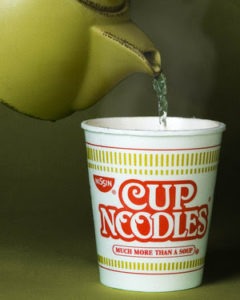
Anyway, ramen comes from the Chinese words for “pull” and “noodle.” Chinese noodles were usually pulled by hand, so it makes sense.
The 1980s was the era of hair metal and ramen in the US. Is there a relationship? I think so! Ramen actually came over here to the States in the 1970s when Nissin brought over Top Ramen, but the 80s brought the noodle to icon status.
There are actually many different ways of making the cubes of curly noodle other than the packet of mystery powder. Vegetables are pretty common. (Gasp!) Ramen is also made with seafood, kelp, sardines, onions, mushrooms, miso, soy sauce, and more. You have to admit that ramen is as comforting as chicken soup. It can be made rich and hearty or light and savory. Heck, you can even add sweet corn, garlic, spinach and egg to the dish. Ramen is pretty versatile.
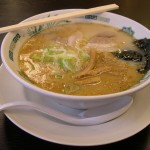 There is more to ramen than the cheap packets of salty noodle bricks that fills the average college student’s pantry.Different regions of Japan have different noodles and bases. So go ahead and add some greens or meat to your next packet. Or, better yet, pay a bit more for some higher quality noodles.
There is more to ramen than the cheap packets of salty noodle bricks that fills the average college student’s pantry.Different regions of Japan have different noodles and bases. So go ahead and add some greens or meat to your next packet. Or, better yet, pay a bit more for some higher quality noodles.
Just don’t forget to bow your head to Momofuku Ando in gratitude for this Chinese…er…Japanese food icon.
